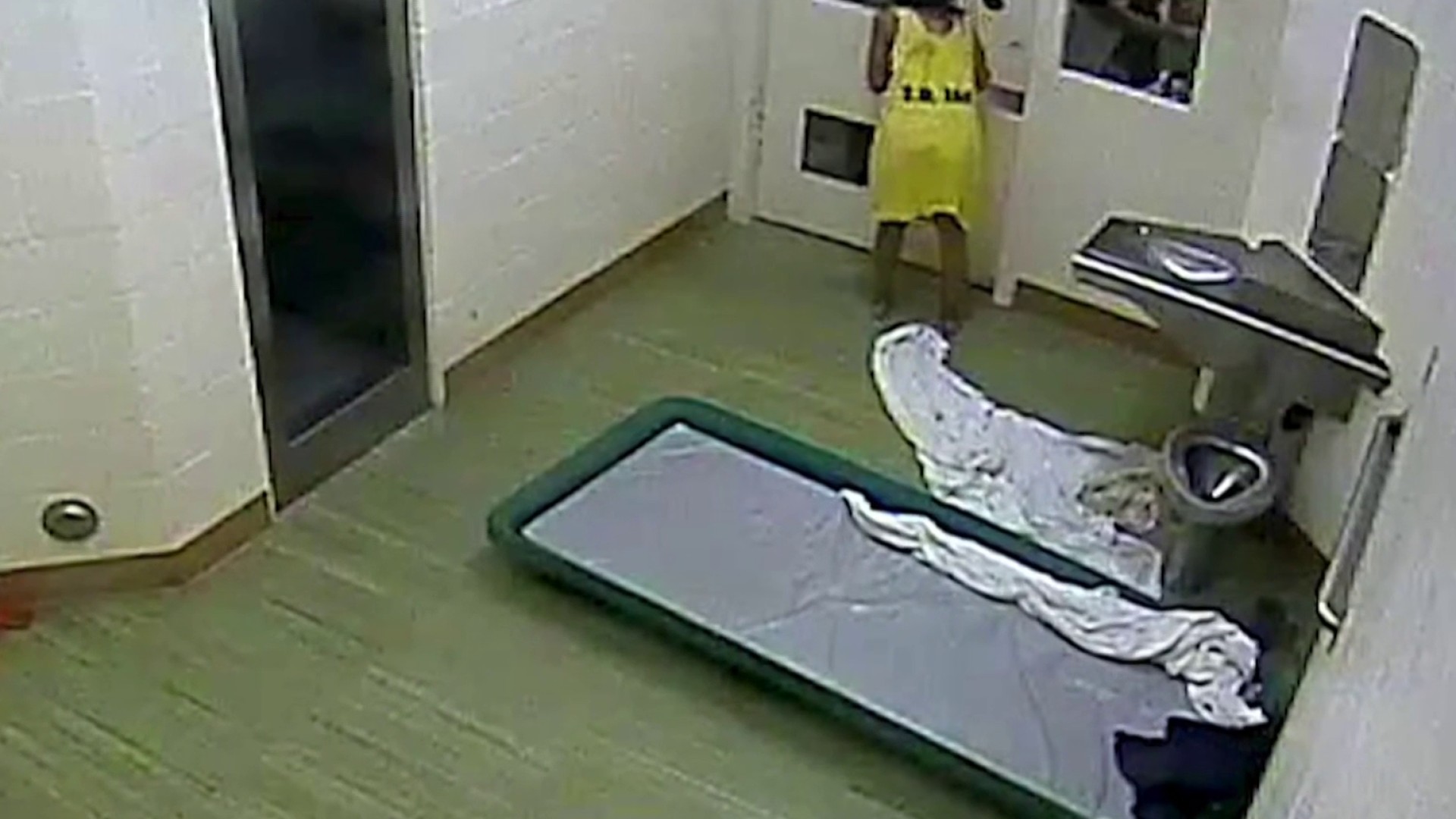The California Supreme Court ruled Monday that prohibiting sex offenders from living inside 2,000 feet a school infringes on their rights of privacy and liberty.
Registered sex offender Lee Austin fought to remain in his home with his family despite being within that distance of Lakeview Elementary School. The court based its decision on his case and three others in San Diego County.
Since his release last November, Austin has lived with his parents, and his mother told NBC 7 they have not had any difficulties.
"Sex offenders are very misunderstood. You really have to know the cases,” she said.
She did not wish to be identified by name and turned down an interview on camera. Her son was convicted in 2001 of lewd and lascivious acts with a child under the age of 14.
Beth Marshall, the mother of a fourth grader at Lakeview Elementary School, lobbied hard to get the school to do something about Austin's return home.
“I do know kids who are in his grade that walk right by that house every night,” Marshall said .
Local
Gurney Warnberg has lived three houses down from the sex offender's family for three decades but did not know about a change in the neighborhood.
Still, the Supreme Court's decision to reverse an established state law is unsettling, he said.
“Those folks have problems and they have problems throughout their lives,” Warnberg said.
The court indicated residency restrictions increases the incidents of homelessness and deprives them of access to services available to parolees.
Austin's mother said the law “tries to destroy their lives. It's not good and it's not fair.”
The ruling only applies to San Diego County, but it could have statewide impact. It overturns a 2006 voter-approved ballot measure that required the 2,000-foot distance.
In its opinion, the court said sex offenders could still be forced to live more than 2,000 feet from schools, but the decision would have to be made on a case-by-case basis. The decision still needs review by the Department of Corrections & Rehabilitation.



